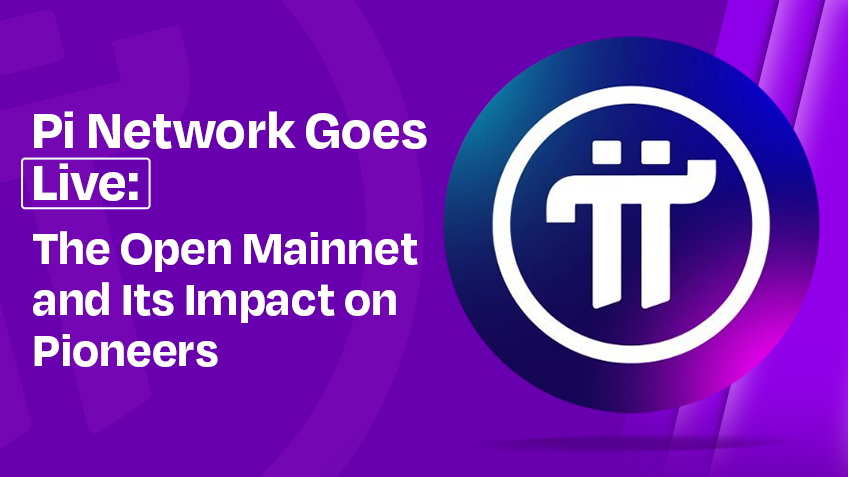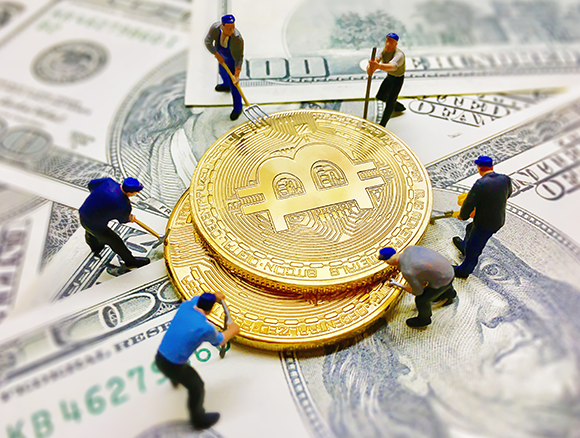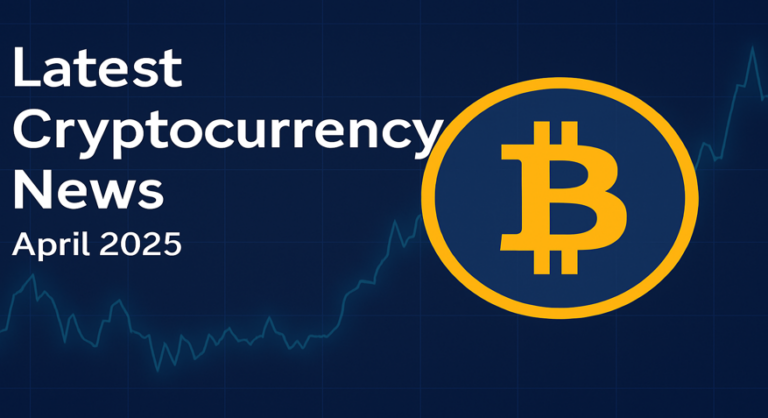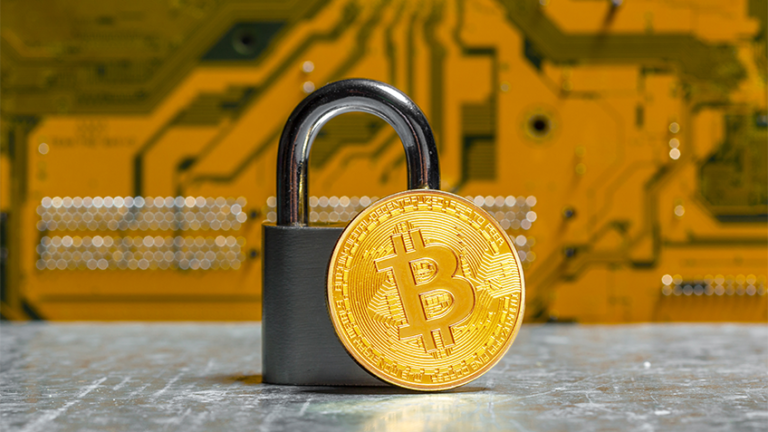On February 20, 2025, at 8 AM UTC, the Pi Network officially launched its Open Mainnet. After many years of waiting, users who mined Pi coins on their phones — called Pioneers — can now trade their coins on real crypto exchanges. This launch is a big moment for the Pi community. However, as expected, the price of Pi coin changed a lot on the first day.
The trading began with Pi coin priced at $1.45. It quickly jumped to $2.10, rising over 35% in just one hour. Trading volume went up by more than 1,700%, showing that people were very interested. But the excitement didn’t last. The price soon dropped to $1.01 and the market cap fell to $7.02 billion. Right now, Pi is trading at about $0.70. This drop happened mostly because early users started selling their coins for profit.
Even though the price fell, many people are still hopeful about Pi’s future. There are plans to launch decentralized apps (Dapps) on the Pi blockchain, which could increase the coin’s use and value. Some major crypto exchanges like BitMart, MEXC, Gate.io, Bybit, and OKX have already listed Pi. Binance hasn’t listed it yet, but it allowed users to vote on it, and the result will be announced on February 27, 2025. If Binance approves the listing, it could boost the price and bring more attention to Pi.
Now that the Open Mainnet is live, Pioneers have new options. They must complete KYC (Know Your Customer) verification to trade or transfer their Pi coins outside the app. Once verified, they can move Pi to external wallets and use it for real transactions. This makes Pi a real cryptocurrency, not just something mined in an app. Since Pi is now listed on exchanges, people can buy and sell it more easily. Also, developers can now create apps on the Pi blockchain, which can make the coin more useful in daily life.
But with growth also comes risk. One of the biggest concerns is supply. Right now, there are already 9.7 billion Pi coins in circulation, and the total supply can go up to 100 billion. That means too many coins can lower the value if there is not enough demand. Another issue is early miners who are selling their coins quickly, which puts pressure on the price. Also, many people have lost their Pi coins because they didn’t save their wallet keys. Just like in the early days of Bitcoin, some users have already lost over 1,000 Pi coins by forgetting their passkey.
Even with all these challenges, many experts believe Pi has a strong future. It’s not just trying to be another coin. The Pi Network is building an entire ecosystem with over 80 apps already being developed by the community. If those apps succeed and if Binance lists Pi, the value could grow a lot in the coming years.
Right now, everyone is watching what happens next. But one thing is clear — the journey of Pi has just begun, and many people believe it could become one of the next big names in crypto.
How can I sell my Pi coins?
You need to complete KYC verification, transfer Pi to a listed exchange, and trade it against USDT or other pairs.
What happens if I forget my wallet recovery phrase?
If you lose your wallet keys, you lose access to your Pi forever—just like early Bitcoin users who lost millions.
If you're looking for any services regarding Digital Marketing or Website Developement, Please Contact now.






Leave a Comment